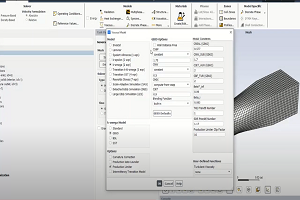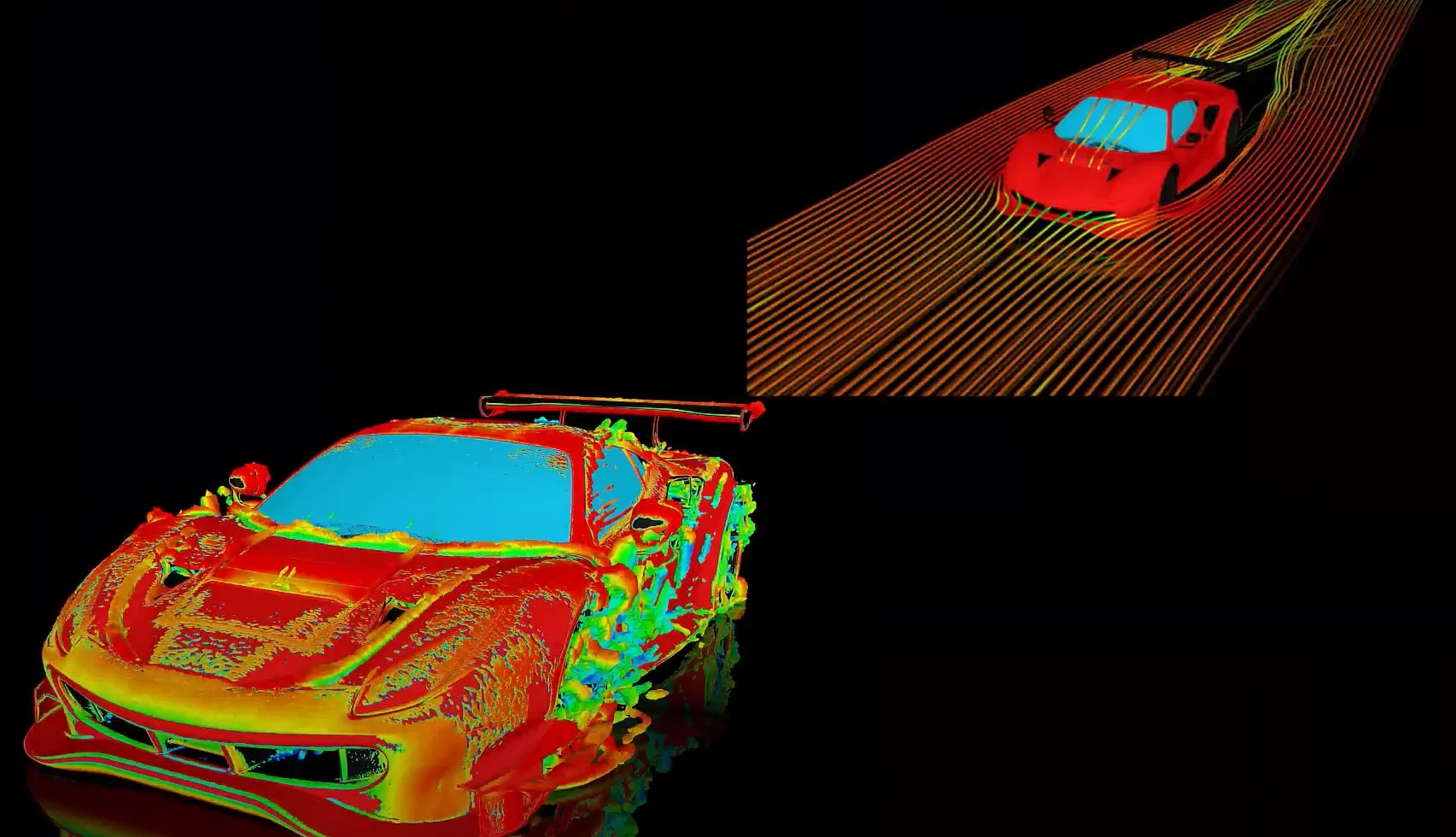Tagged: 17, contact, General, mechanical, structural-and-thermal, structural-mechanics
-
-
March 17, 2023 at 9:00 am
 FAQParticipant
FAQParticipantAs a part V16 development, the way Ansys compute the contact stiffness had been updated in the code. In all analyses that involve contact one might see different results between before and after V16 either small or big. We have heard much positive feedback on improving this contact robustness. Many problems which could not be solved or took more iterations before V16 can now be solved in later versions. Now comes what is the correct answer to THE problem. As contact stiffness is a mathematical artifice, for better accuracy contact penetration should be less. Higher the contact stiffness leads to lesser the penetration and hence better the accuracy of results. To convince on the accuracy of the results run both versions and compare the penetration. If V17 show less penetration thus more accurate. If you want same contact behavior as in V15.0 from V17.0, once can including below command in V17.0 run. cntr, revi, 150 If the difference in results in not due to contact behavior then that need to assessed separately.
-


Introducing Ansys Electronics Desktop on Ansys Cloud
The Watch & Learn video article provides an overview of cloud computing from Electronics Desktop and details the product licenses and subscriptions to ANSYS Cloud Service that are...

How to Create a Reflector for a Center High-Mounted Stop Lamp (CHMSL)
This video article demonstrates how to create a reflector for a center high-mounted stop lamp. Optical Part design in Ansys SPEOS enables the design and validation of multiple...

Introducing the GEKO Turbulence Model in Ansys Fluent
The GEKO (GEneralized K-Omega) turbulence model offers a flexible, robust, general-purpose approach to RANS turbulence modeling. Introducing 2 videos: Part 1 provides background information on the model and a...

Postprocessing on Ansys EnSight
This video demonstrates exporting data from Fluent in EnSight Case Gold format, and it reviews the basic postprocessing capabilities of EnSight.

- How to reduce contact penetration?
- How to decide which side should be Contact and which should be target in Contact definition?
- What is the difference between secant and instantaneous coefficients of thermal expansion (CTE)?
- Does ECAD trace mapping support more than one type of trace material (usually copper) in the same layer?
- How to use the Newton-Raphson residuals option under Solution Information?
- How to plot stresses of a beam connection in Workbench?
- How can I understand Beam Probe results?
- How to find total heat flowing through a surface in Mechanical?
- Difference Between Environment Temperature and Reference Temperature in Mechanical
- How can I apply a controlled rotation in ANSYS Mechanical

© 2025 Copyright ANSYS, Inc. All rights reserved.

